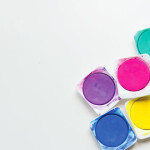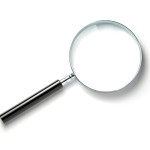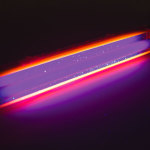Gemstone cutters have always known that the faceting on a diamond is what gives it 'life'. Even before there were grading certificates, traders would factor cut quality into the price of diamonds. It's now universally accepted that cut is the most important factor out of the 4Cs of diamonds so you better pay attention. This tutorial is designed to get you familiarized with … [Read more...]
Prosumer Basics
Diamond Carat
When it comes to diamonds, size matters. It's not only because the size of the diamond is what people see first, but also because a larger diamond allows more light to enter the diamond through its table and crown facets just like how larger windows lets more light into a room. A larger diamond is therefore going to be a brighter diamond. A larger diamond will also … [Read more...]
Diamond Color
Diamond color is graded on a scale from D to Z with D-color being the most colorless and Z-color being the most tinted. This is further subdivided into smaller ranges. Most of you only need to be aware of 2 ranges: Colorless - D E F Near-colorless - G H I J If you know you are not color-sensitive, or you are specifically looking for a warmer looking diamond then … [Read more...]
Diamond Clarity
Clarity refers to the flaws in a diamond and is graded from Flawless (FL) to Included 3 (I3) by the GIA. The scale covers the following grades: Flaws in a diamond are natural and there is no such thing as a truly flawless diamond. What you need to know is that diamond clarity is only graded under 10x magnification and this means that if you look under higher … [Read more...]
Fluorescence
Fluorescence occurs when a material absorbs ultraviolet light and then glows. Most type-1a diamonds that fluoresce do so with a bluish glow (over 95% according to GIA) and the effect is caused by boron impurities that occur as a result of defects in the diamond's crystal structure. Although much less common, it is also possible for a diamond to fluoresce with a different … [Read more...]




